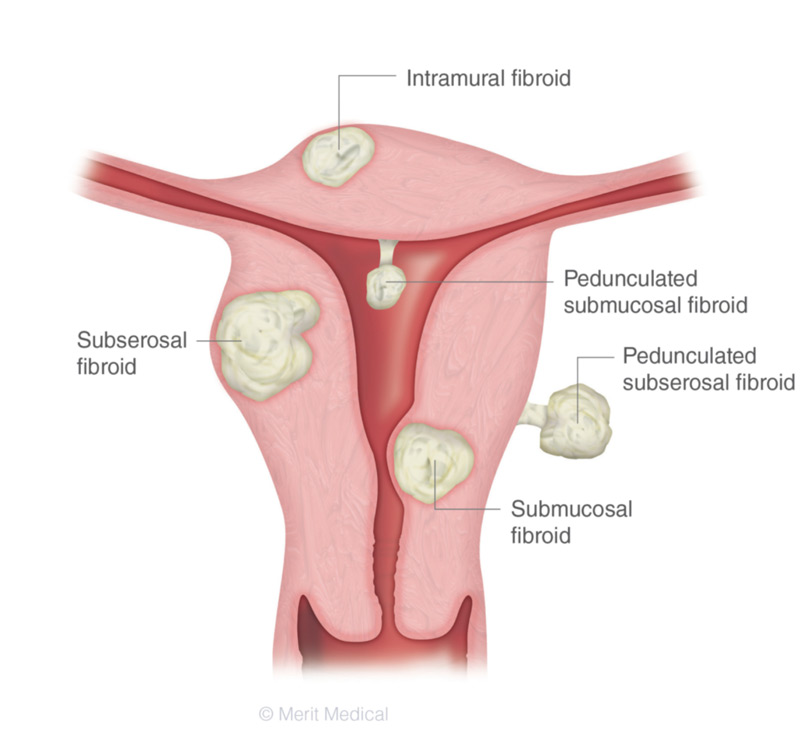 Nonsurgical management of uterine fibroids with uterine fibroid embolization (UFE)
Nonsurgical management of uterine fibroids with uterine fibroid embolization (UFE)
Uterine fibroids are benign tumors that are common in young females. The American College of Obstetrics and Gynecology (ACOG) offers several surgical options for fibroids, including hysterectomy (removal of the uterus) as well as myomectomy (removal of the individual fibroids). The ACOG also supports the nonsurgical management of fibroids with uterine artery embolization as a viable alternative to removing the uterus.
Uterine Fibroid Embolization
Symptoms:
Uterine fibroids can cause a variety of symptoms including:

- Heavy and Prolonged Periods
- Anemia
- Severe cramping
- Abdominal/pelvic fullness/pain
- Constipation
- Pain during sex
- Frequent urination
- Lower back and leg pain
What causes uterine fibroids?
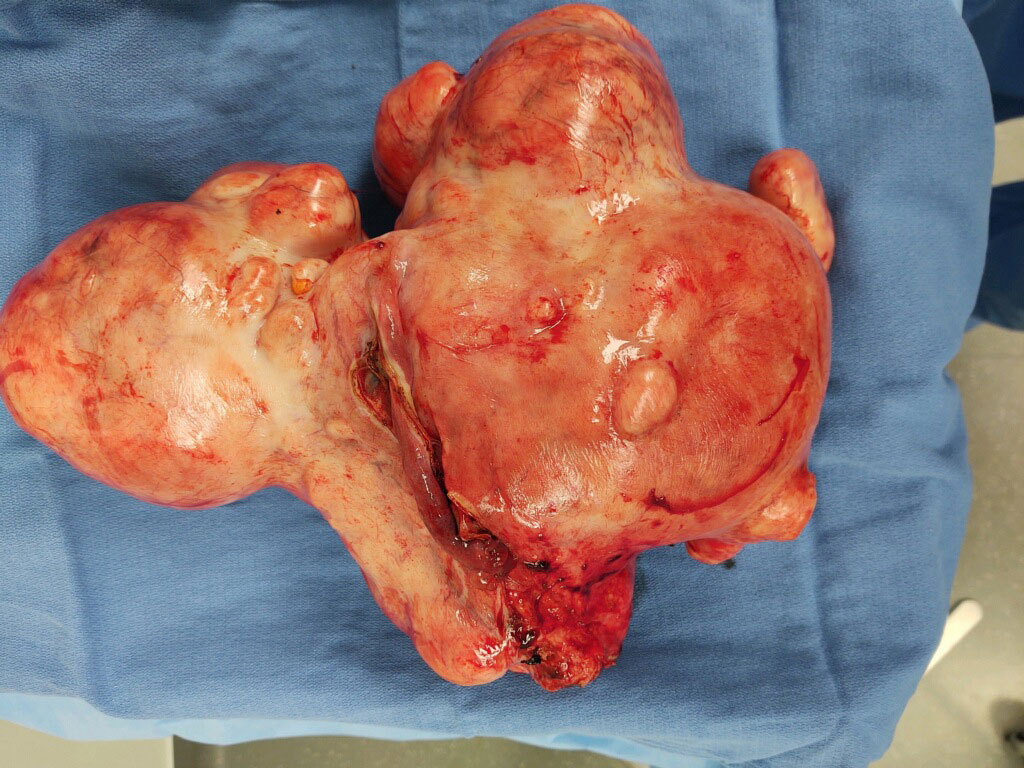 The exact reason why fibroids develop is still under investigation. That being said, we know there are certain risk factors associated with their development including fertility, family history, race (black females are most affected), and obesity.
The exact reason why fibroids develop is still under investigation. That being said, we know there are certain risk factors associated with their development including fertility, family history, race (black females are most affected), and obesity.
What is a uterine fibroid embolization?
Uterine fibroid embolization has been around for nearly half a century and is supported by multiple medical societies as a minimally invasive alternative to surgical removal of the uterus.. The procedure entails inserting a small catheter (long skinny tube about the diameter of angel hair pasta) in an artery in either the wrist or groin and using X-rays is manipulated to the arteries that supply blood to the uterus. Fibroids are hypervascular, meaning they want a lot of blood flow, so once the catheter is positioned in the uterine artery, small microparticles are injected into the artery stopping the blood flow to the fibroids. This is typically done on each side of the uterus taking about an hour for the procedure. Once complete, the tube is removed from the artery, and pressure is held stopping any bleeding. After a few hours of bed rest, the patient can go home and continue to recover in her own bed.
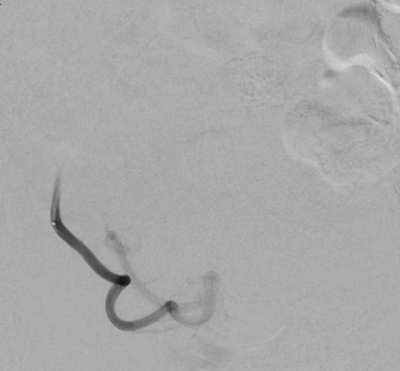
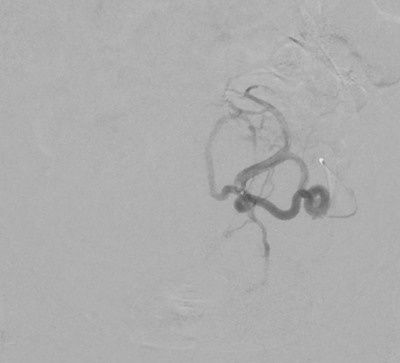
What to expect after the uterine fibroid embolization?
 This is a minimally invasive outpatient procedure performed through a small puncture in the skin. Because of this approach, the recovery is only a fraction of the time and discomfort one would experience while recovering from a surgery. For the first 24-48 hrs following the embolization, frequent uterine cramps and nausea are the most common complaints. As these symptoms resolve, mild fatigue may be experienced for another few days. Typically one can return to their work/normal activities 5-7 days following the procedure.
This is a minimally invasive outpatient procedure performed through a small puncture in the skin. Because of this approach, the recovery is only a fraction of the time and discomfort one would experience while recovering from a surgery. For the first 24-48 hrs following the embolization, frequent uterine cramps and nausea are the most common complaints. As these symptoms resolve, mild fatigue may be experienced for another few days. Typically one can return to their work/normal activities 5-7 days following the procedure.
How will my symptoms change after the procedure?
 The first one or two months after the emboization your period will be variable, it could be more or less compared to your typical period. After approximately three months, you will find your new baseline and should be back to a normal period. If your symptoms were more related to the bulk of the fibroids, these can take a little longer to resolve, but by 3 months after the embolization up to 93% percent of women report improvement of their bulk related symptoms.
The first one or two months after the emboization your period will be variable, it could be more or less compared to your typical period. After approximately three months, you will find your new baseline and should be back to a normal period. If your symptoms were more related to the bulk of the fibroids, these can take a little longer to resolve, but by 3 months after the embolization up to 93% percent of women report improvement of their bulk related symptoms.
Who is eligible for Uterine Fibroid Embolization?
American College of Obstetrics and Gynecology states that UFE is a safe and effective method to treat uterine fibroids. However, this procedure may not be right for everyone. We will provide a complete clinical consult reviewing your history, symptoms, and discuss potential options. We will obtain an MRI of your pelvis to evaluate the location, size, number and viability of the fibroids that are present to make a final determination if you would be eligible for a uterine fibroid embolization.
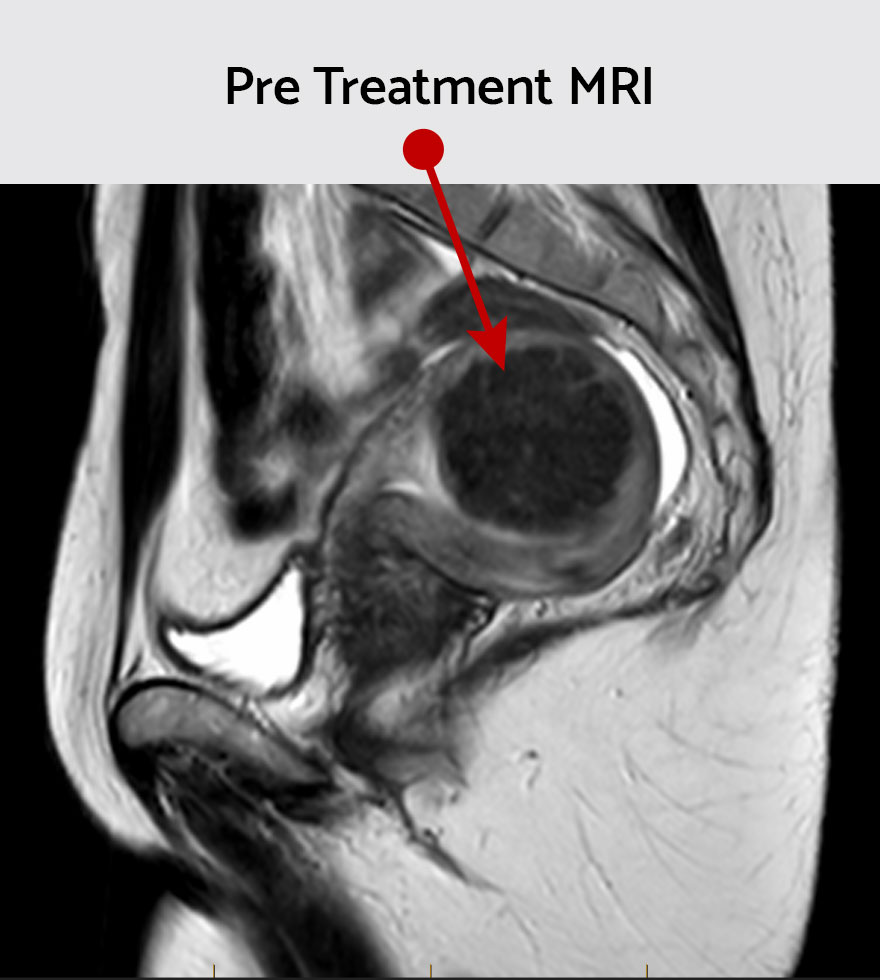
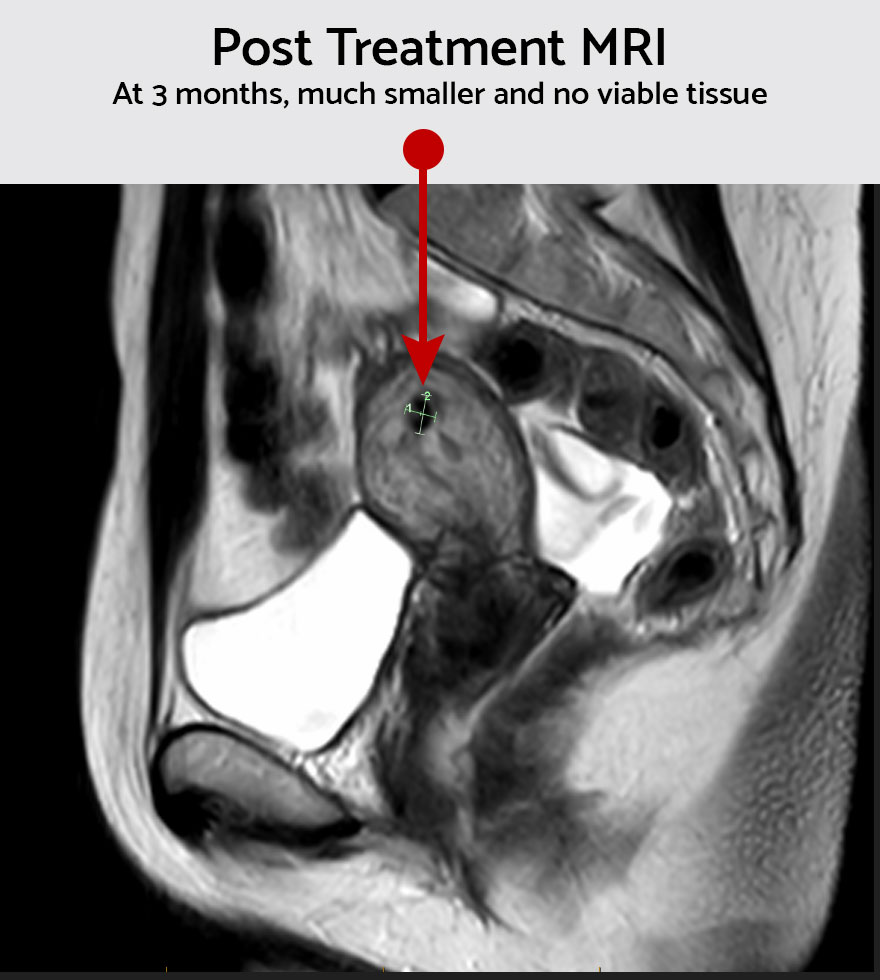
Are there any risks to this procedure?
- Because of the minimally invasive nature of this procedure, complications are very rare, but like any medical procedure, they can occur.
- These include: Postembolization syndrome (feels like you have the flu, and passes in a few days)
- Non-target embolization
- Amenorrhea (your period stops and potentially enter menopause) more common if you are older than 45.
- Bleeding from the puncture site
- Infection
- Passage of the infarcted fibroid (only occurs rarely with specific types of fibroids)
Uterine Fibroid Embolization Treatment Video
© Merit Medical, Used with Permission.




